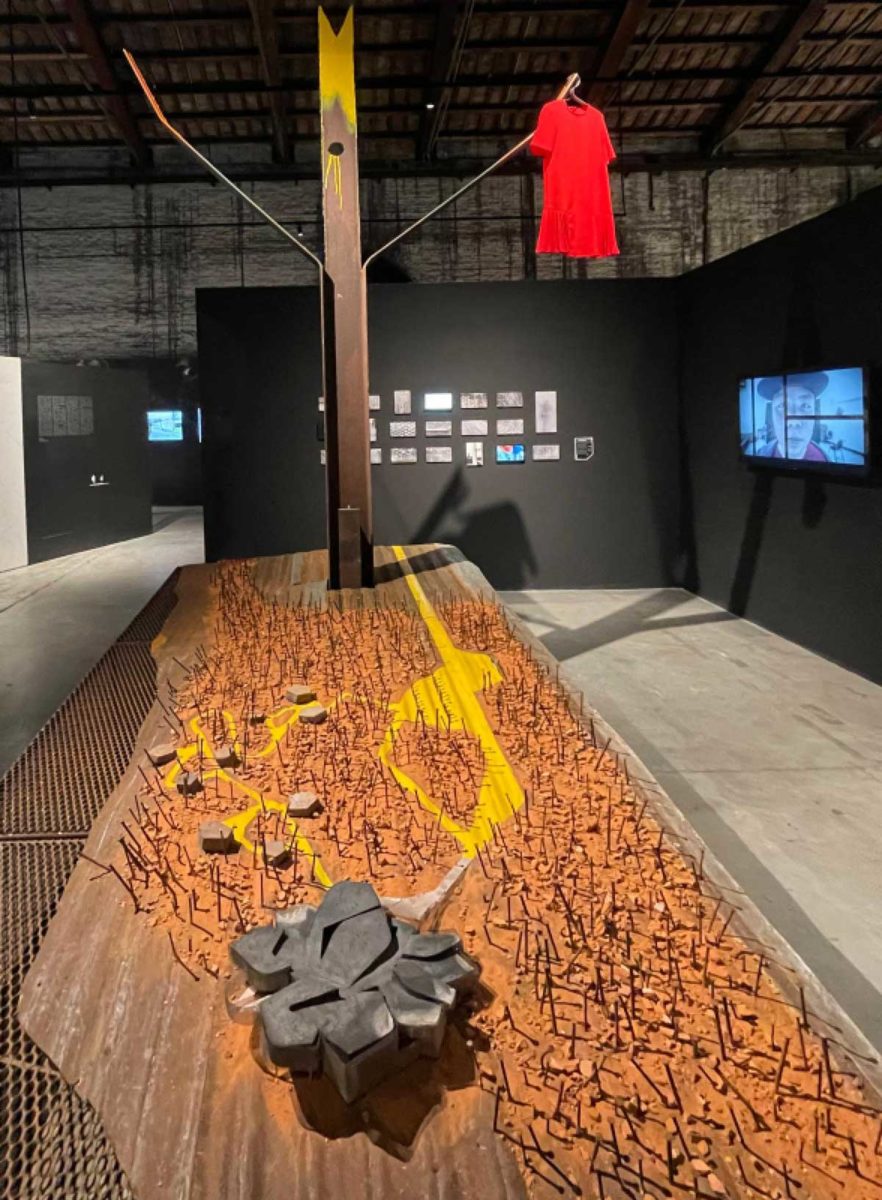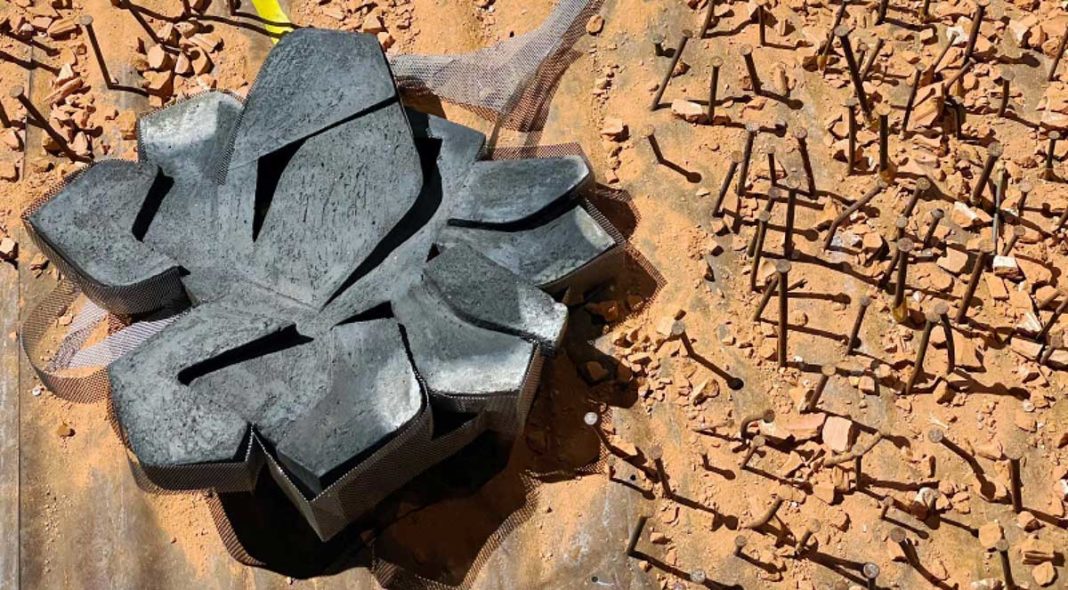M’CHIGEENG – Weengushk Film Institute (WFI) has come a long way since it was first envisioned by its founder, famed Indigenous actor, director, producer and Brock University Chancellor Shirley Cheechoo. WFI has long since settled into its current home, a building on the outskirts of M’Chigeeng First Nation. Now plans are underway to build a new facility to increase WFI’s capacity as seats in the popular school are currently way oversubscribed.
“We are trying to expand institutional capacity right now,” said WFI senior manager Nano Debassige. “We are about to wrap up our strategic plan, hopefully by September. Then we can move on to the next phase.”
Italian architect Stefano Pujatti, principal at architectural firm Elastico Farm, has been commissioned to design WFI’s new building and an art installation featuring the preliminary design is being featured at a prestigious biennial European architecture conference.
“Elastico Farm and (Toronto-based) KFA Architects and Planners have been asked to design the new home for WFI, a non-profit, artist-focused film and television training centre dedicated to unlocking the creative potential of Indigenous youth based on Manitoulin Island on Lake Huron, Canada,” reads a citation at the Aasarchitecture webpage.

“It’s a project that celebrates the rich aboriginal culture of the place, its traditions and myths, as well as its magnificent natural setting. The project is presented in world premiere at the 17th International Architecture Exhibition—La Biennale di Venezia. Elastico Farm, in collaboration with StudioErrante Architetture and Davide Tommaso Ferrando, conceived an iconic installation within the Italian Pavilion, a large 3.5 metre by 1.5 metre metal-mesh model signaled by a tall totem-like element.”
The imposing structure of the art installation consists of “a salvaged beam whose wings were partially detached and the core, left free, was then flame-carved. The process alludes to the soon-to-be iconic edifice has a strong material feel to it.”
“A red dress hangs from the structure, a dramatic symbol for many First Nation women who are missing and murdered each year in North America.”
The significance of the turtle, the large model that is placed at the foot of the totem, is “the metaphorical reference the client held as a pre-requisite for the project. Native American oral histories tell stories of a turtle that holds the world on its back, and Turtle Island is the name used by some Indigenous people to indicate North America. The turtle evoked by this terracotta model, whose dark color was obtained by firing it in the absence of oxygen, has a deep symbolic value: it is an icon of life itself, a marker of identity, culture, autonomy and a deeply-held respect for the environment.”
The design for the new facility has captured the imagination and spirit of WFI, noted Mr. Debassige. “We are pretty focussed on the strategic plan right now,” he said, “but yeah, it is pretty exciting.”





